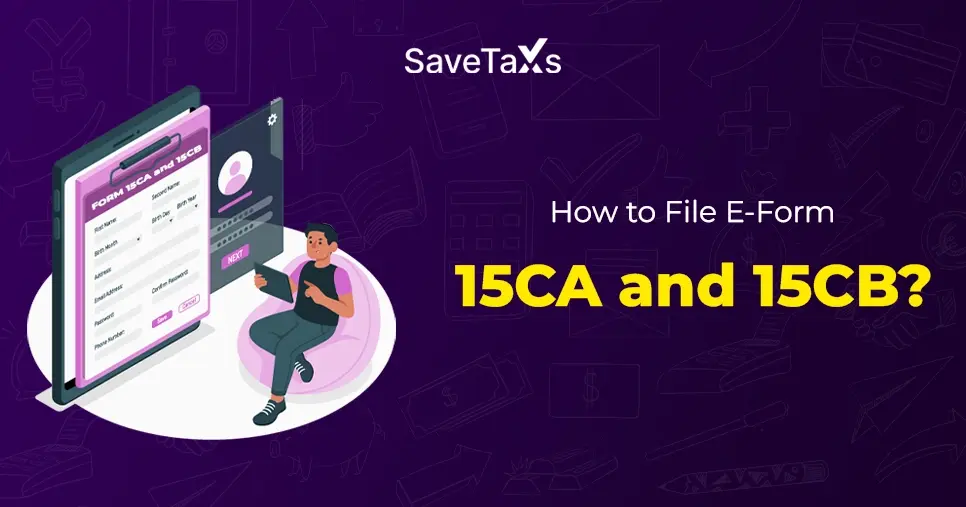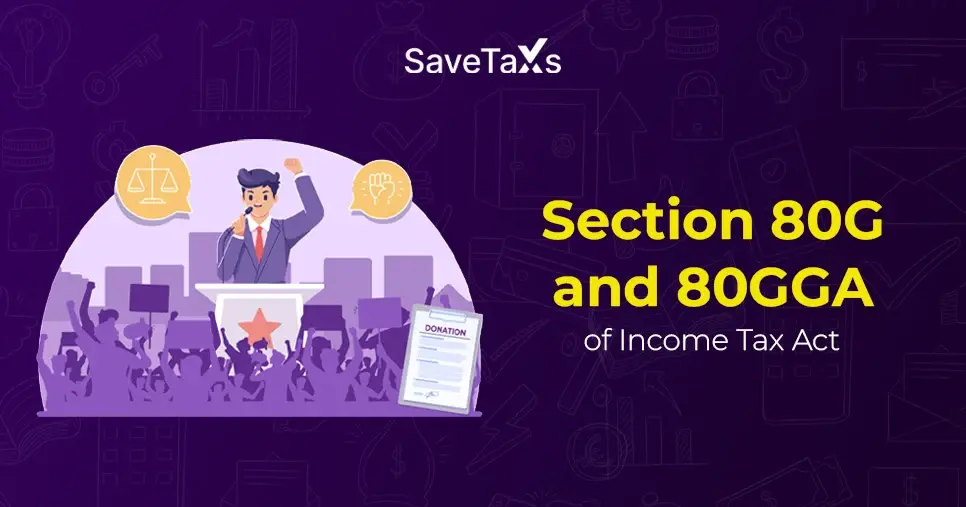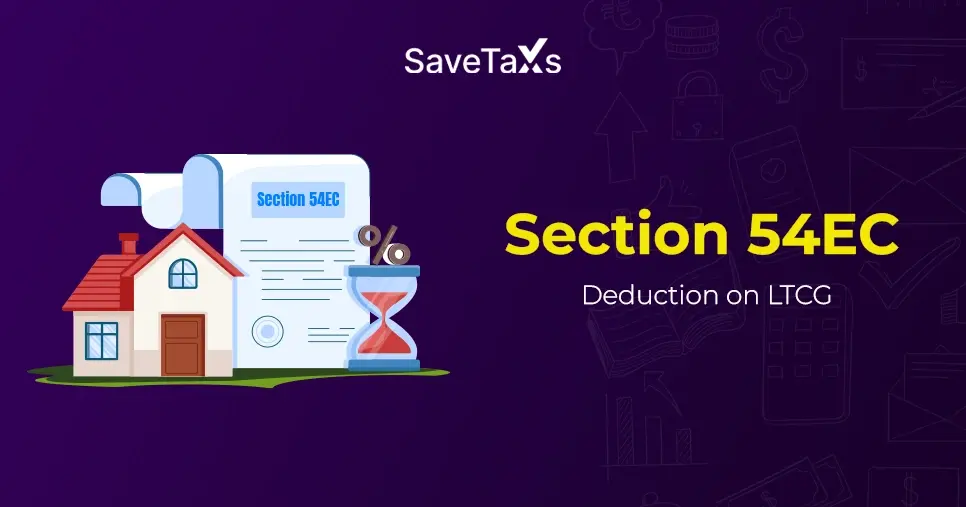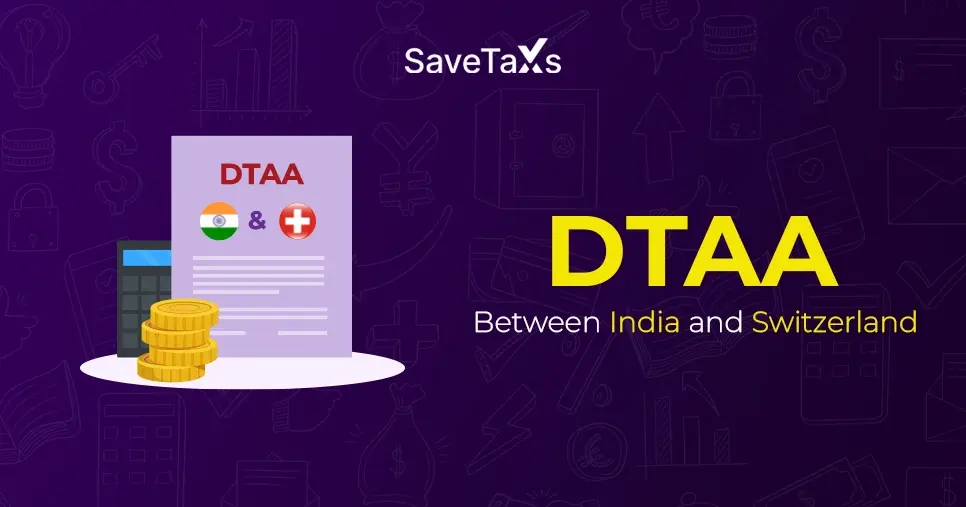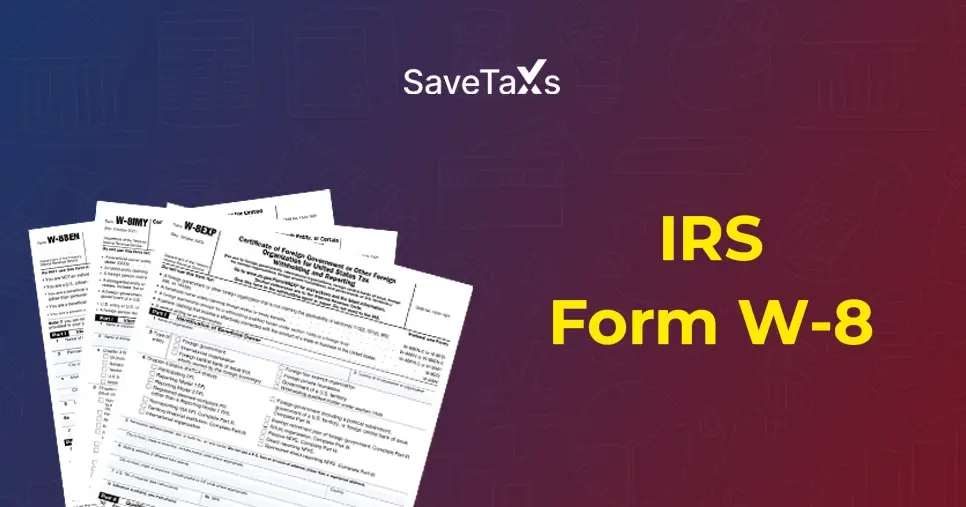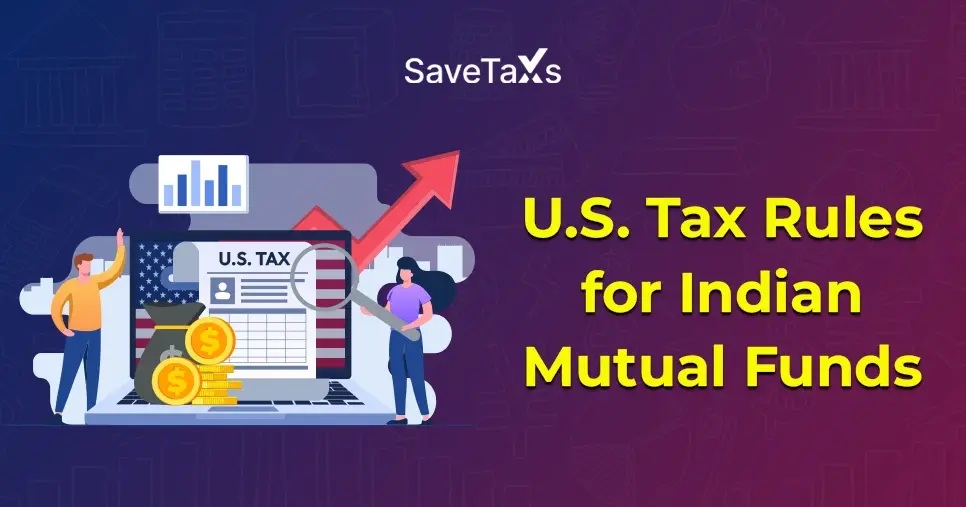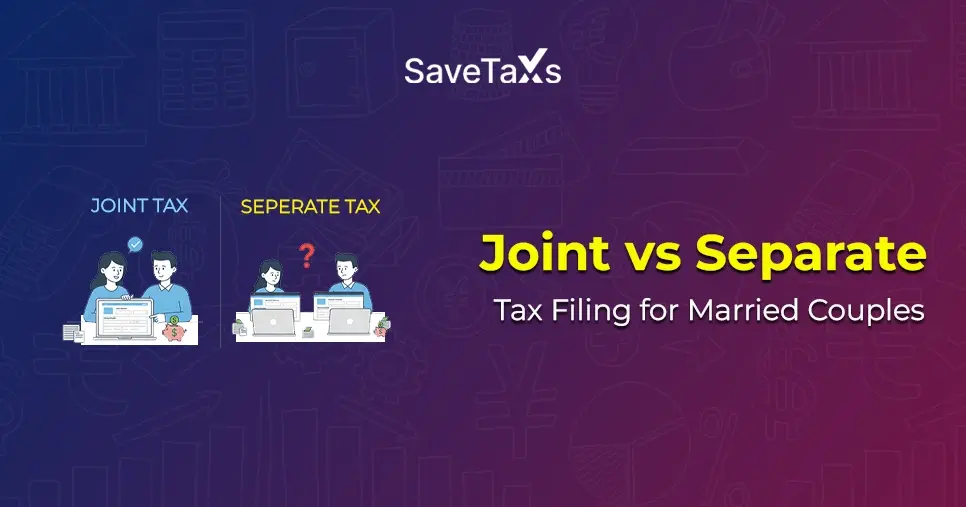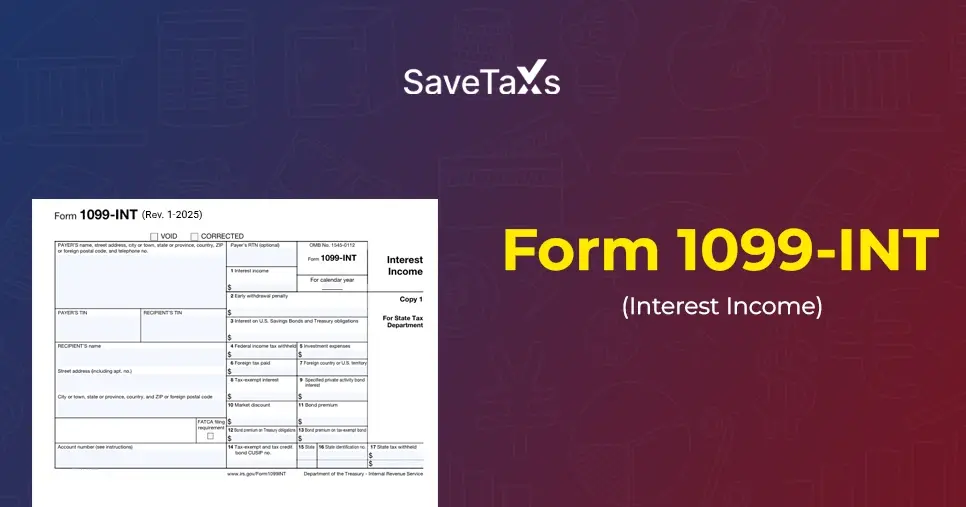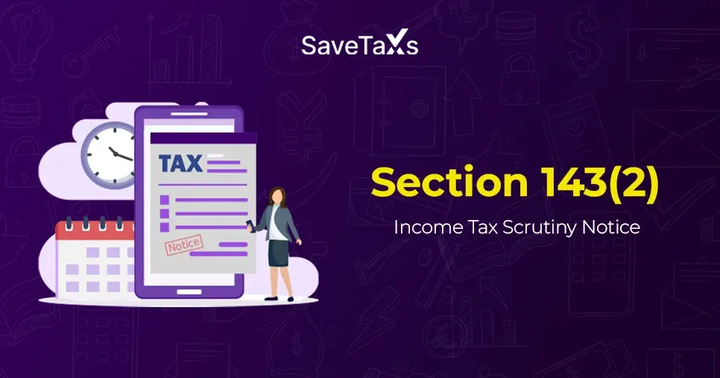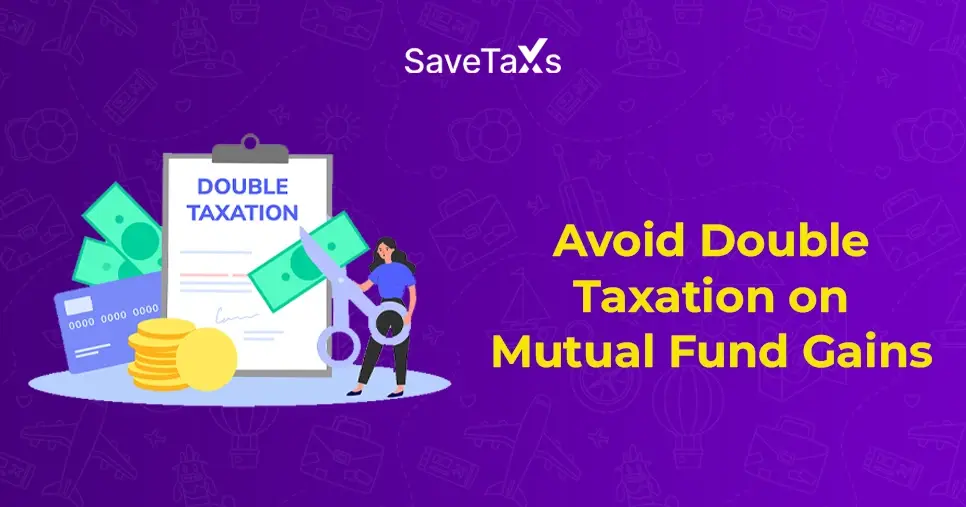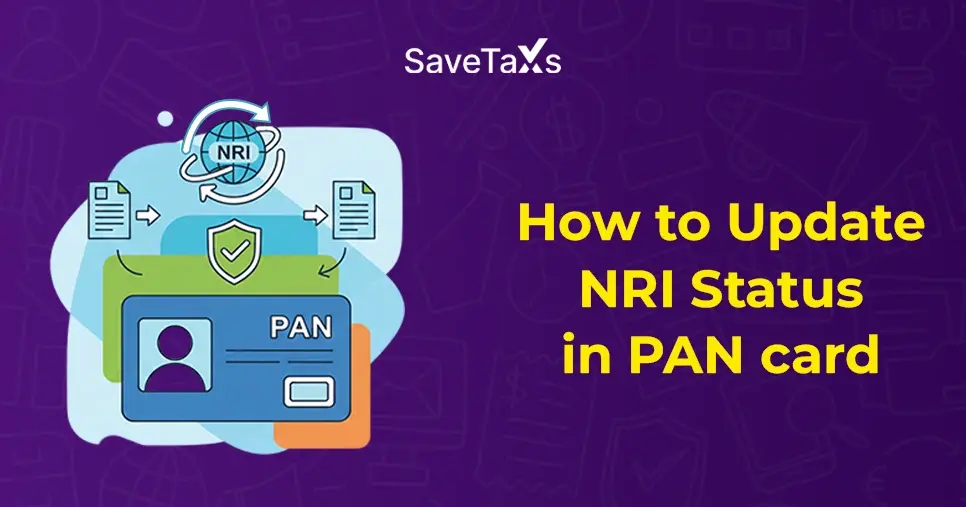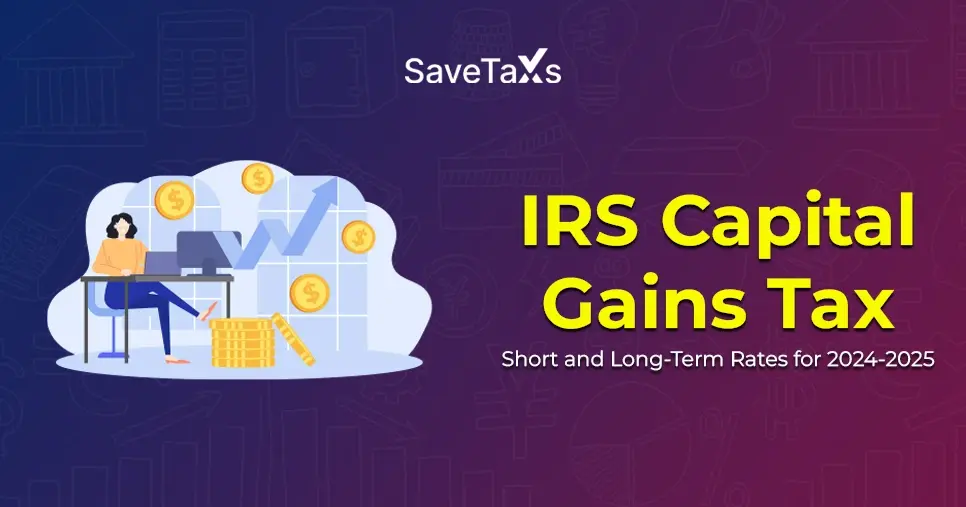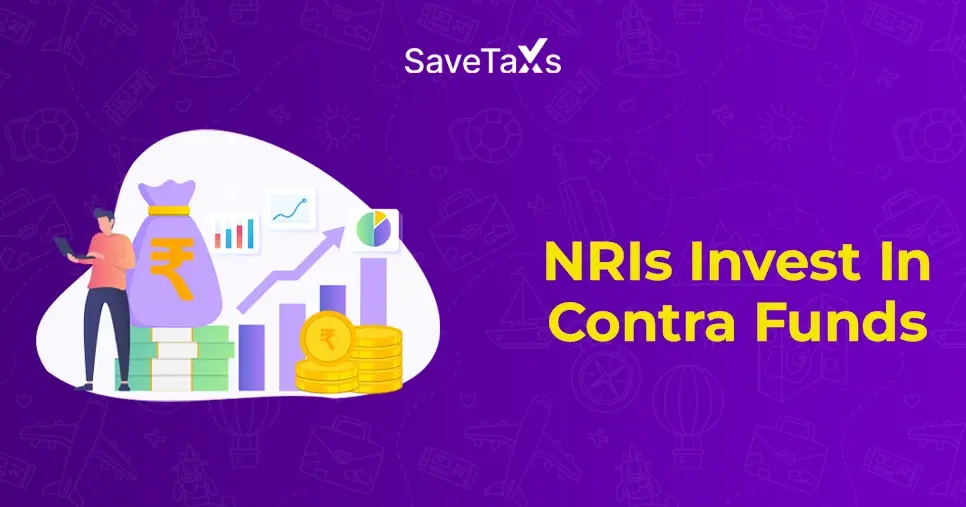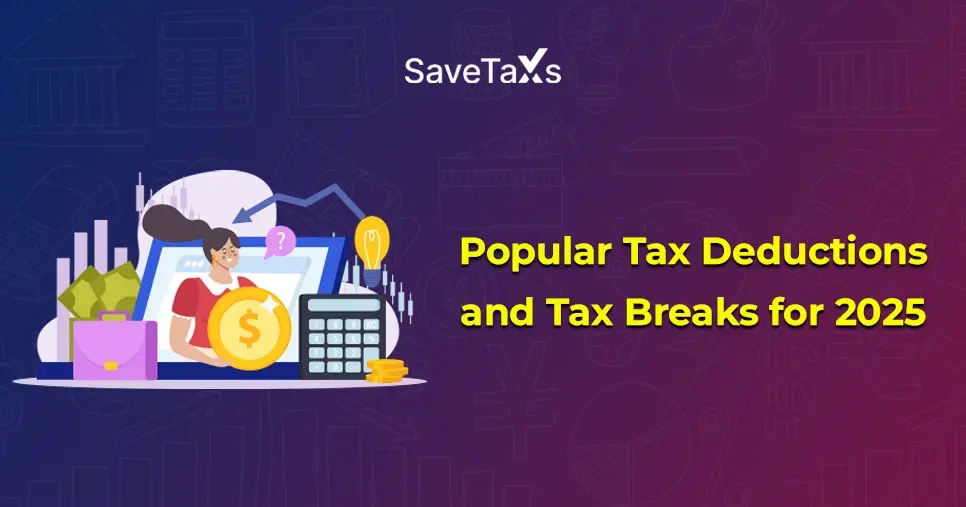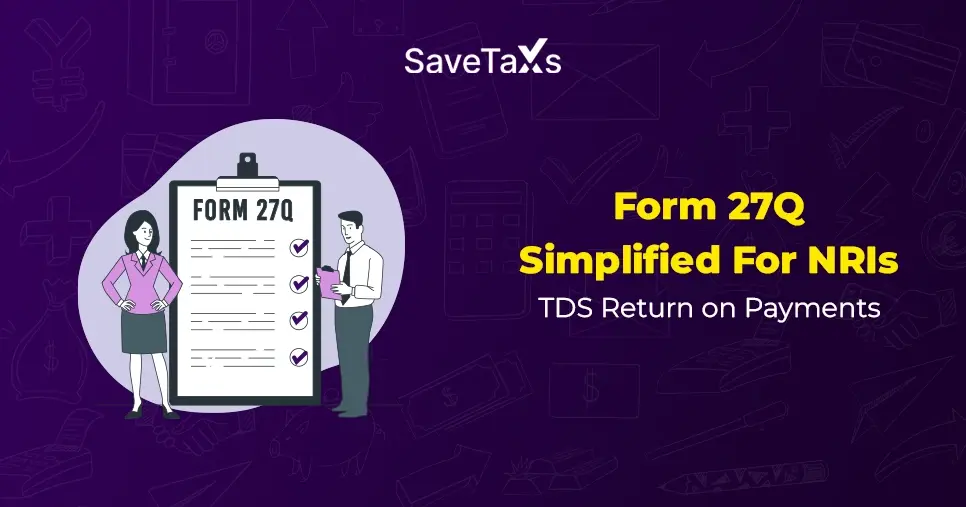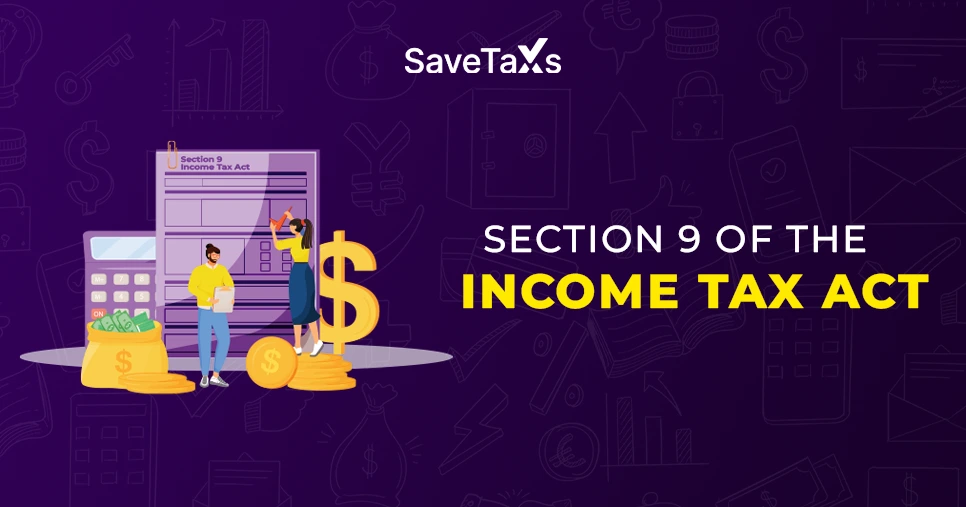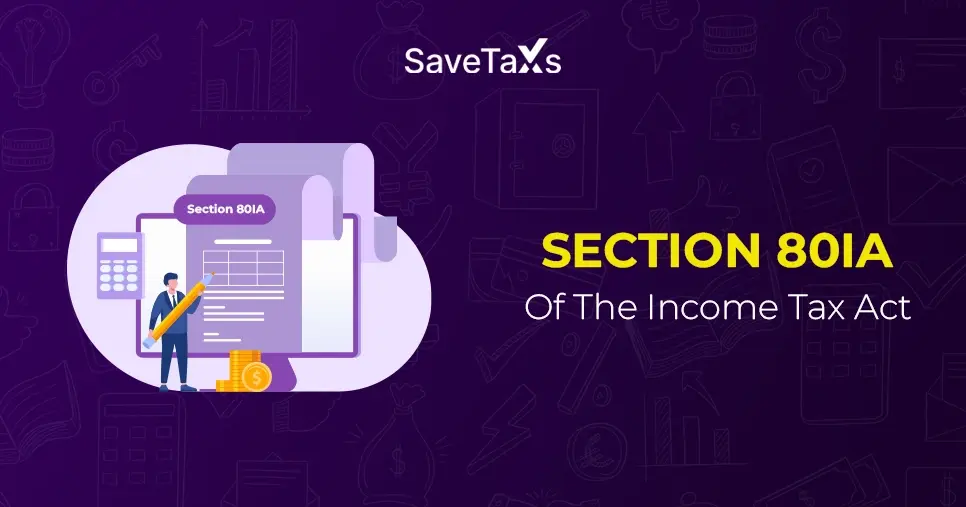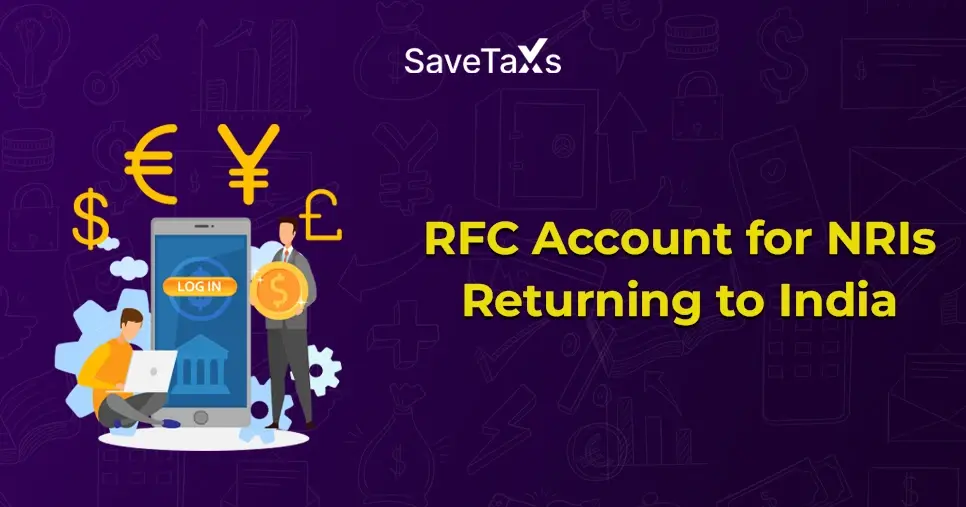Under section 206AA of the Income Tax Act, 1961, the payee needs to provide their PAN card number to the payer, whether both the individuals are Indian residents or non-Indian residents. However, if the payee fails to do so, at a higher rate, TDS is deducted from their amount received or applicable tax charged under the relevant tax provision. Want to know more about this section and how it impacts the tax liability of a person? Then you are on the right page. Here, this blog covers everything about section 206AA, its meaning, scope, applicability, TDS rates, and non-applicability. So, let's begin reading.
What Is Section 206AA of the Income Tax Act?
Section 206AA of the Income Tax Act, 1961, was first introduced by the government of India in 2010-11. As stated above, under this section, the taxpayer in India, whether an Indian resident or an NRI, needs to provide their PAN card number to the individual from whom they are going to receive their money. According to this section, all the income received by NRIs that is taxable in India is applicable under this provision, whereas income received by Indian residents includes professional fees, rent, and salary. Also, if the person fails to provide his/her PAN card to the payer, on a higher rate TDS will be deducted on the received amount.
This was all about section 206AA of the Income Tax Act. Moving further, let's know the rate of TDS under this section.
Rate of TDS Under Section 206AA
According to section 206AA of the Income Tax Act, if a taxpayer, whether resident or non-resident, fails to provide their PAN card during the payment, at a higher rate, the payer is liable to deduct TDS on the amount before sending it to the payee. In such a situation, among the given options, the highest one is the TDS rate.
- TDS rate mentioned in the relevant provision of the Income Tax Act.
- 20% TDS rate (5% TDS rate in case of sections 194-O and 194Q are applicable)
- TDS rate prescribed in the Finance Act
Among the three, the highest rate becomes the TDS rate under section 206AA, and according to that TDS rate, a deduction is made on the received amount. Moving ahead, now, let's know the role of this section in tax compliance.
Role of Section 206AA in Tax Compliance
Section 206AA of the Income Tax Act, 1961, was introduced by the government of India to enhance tax compliance specifically for non-residents getting payments from Indian residents or entities. During the transaction, if the PAN card number of the payee is not provided to the payer at a higher rate, TDS is deducted on the received amount, generally 20% or as stated in the Double Taxation Avoidance Agreement (DTAA), whichever is more. Through this, the government of India certifies that taxes are collected upfront. Additionally, this provision avoids the non-disclosure of PAN cards and helps in effectively tracking international transactions made by individuals in India.
This is how section 206AA of the Income Tax Act helps in tax compliance in India. Moving ahead, let's know the TDS rates with Form 15H and 15G.
Do you know that you can apply for a lower or nil TDS deduction? How? You can do so by applying under section 197A of the Income Tax Act. In this, the assessing officer provides you with the certificate that consists of the TDS rate, and on that rate, the deduction is made. You get this certificate for a limited period. To get this TDS benefit, you need to fill out Form 15G and 15H. These forms serve as evidence that your annual income is lower than the basic exemption limit and therefore on amount received no TDS should be deducted. Form 15H is for applicants who are under 60 years old, and Form 15G is for taxpayers who are above 60 years old. However, according to section 206AA of the Income Tax Act, if you fail to provide your PAN card, the declaration you stated in the form will be considered invalid, and a higher rate of TDS will be applied on your amount received at the mentioned rates:
- The rate stated in the relevant provision of the Act
- 20% TDS rate
- Rates stated in the Finance Act
This was all about the TDS rate with Form 15G and 15H. Moving further, let's know the impact of section 206AA of the Income Tax Act on non-residents.
Impact of Section 206AA on Non-Residents
To avoid paying higher TDS on the amount received from the Indian residents or source, NRIs should provide their PAN card details to their payer. These are the effects of section 206AA of the Income Tax Act on non-residents:
- As stated above, NRIs should provide their Permanent Account Number (PAN) to the Indian entities while receiving the payment.
- If the PAN card is not provided to the payer, at a higher rate, TDS is deducted on the amount received.
- Generally, the applicable rate of TDS is 20% or mentioned under the DTAA agreement (whichever is more).
- The rule under section 206AA of the Income Tax Act applies to several payments, such as:
- Royalties
- Interest
- Fees for technical services
- Other amounts which is taxable in India
These are some of the key impacts of section 206AA of the Income Tax Act on NRIs. Moving ahead, let's know which amount this section applies to and not applicable to.
NRI Income Tax Made Simple!
From rental income to capital gains, we handle it all.
Section 206AA: Applicability and Non-Applicability
The table below shows the applicability and non-applicability of section 206AA:
| Applicability of Section 206AA |
Non-Applicability of Section 206AA |
| Under section 197A of the Income Tax Act, the payee is eligible to submit an application for lower or nil TDS deduction on the amount received. In this scenario, the assessing officer to the payee issues a certificate for TDS deduction at the mentioned rate for the specific period. |
The same outcome happens if the PAN card of the payee is invalid or does not belong to him/her. In this situation, according to section 206AA, a higher rate of TDS will be applicable on the amount received. |
| To get the above-mentioned benefits (lower or nil TDS deduction), it is vital for the payee to provide correct PAN card details at the time of application submission. In case the payee fails to do so, the application deemed invalid, and under section 206AA of the Income Tax Act, a higher rate of TDS will be applicable. |
Since 1 June 2016, foreign companies and non-resident Indians have not been included in the provision of 206AA. Additionally, under section 194LC, this section does not apply to interest payments made on long-term bonds. |
| In case you want to request nil deduction of TDS, you can fill out Form 15G and 15H stating your income is below the basic tax exemption limit. However, here also, you need to provide your PAN card. |
Additionally, the regulation mentioned under section 206AA of the Income Tax Act for fees for technical services, interest, and royalties provided to NRIs and transfer of capital were loosened after the Finance Act of 2016. Moreover, under Rule 37BC, NRIs and foreign companies do not need to submit their PAN card if they provide their complete information, such as their names, addresses, contact details, tax identity numbers, and more. |
This was all about the applicability and non-applicability of section 206AA of the Income Tax Act. Moving ahead, let's know the tax exemptions under this section for NRIs.
What Are the Tax Exemptions Under Section 206AA for NRIs?
Here are the following tax exemptions under section 206AA for NRIs
- Section 206AA does not apply to the interest paid on long-term bonds to NRIs under section 194LC.
- The applicability of section 206AA of the Income Tax Act has been exempted by the Finance Act 2016 for payments made to NRIs, like royalties, interest, fees for technical services, and capital transfers.
- The provisions under section 206AA of the Income Tax Act will not be applied to NRIs in case they do not provide their PAN cards while receiving the money under Rule 37BC if they provide the following details and the documents:
- Name, email ID, and contact number
- Complete address in the country where they are currently residing
- A non-resident certificate issued by the government of that country or territory. The certificate is only applicable when the laws of that country issue such a certificate.
- Tax identification number of the NRIs in the country where they are currently living. In case the country does not issue any such number, then any number given by the country that helps in identifying the person as an NRI will be applicable to provide.
These are some of the exemptions NRIs get under section 206AA of the Income Tax Act. Moving further, let's know the outcomes of non-compliance with tax laws under section 206AA.
Confused about Section 206AA?
Avoid higher TDS deduction without PAN on payments to residents & NRIs.
Result of Non-Compliance Under Section 206AA
Non-compliance with Section 206AA of the Income Tax Act, for both, i.e., the payer and the payee, can outcome in several consequences such as:
- Higher Rates of TDS: If the payee, whether an Indian resident or an NRI, fails to provide their PAN card to the payer, then in this scenario, the payer is eligible to deduct TDS at a higher rate. Generally, the TDS rate remains 20% or the date stated in the DTAA agreement, whichever is more. This increases the tax burden of the payee and reduces their net received amount.
- Interest and Penalties: If the payer forgets to deduct TDS at a higher rate in the absence of a PAN card of the payee, he/she may face interest and penalty charges on the non-deducted tax amount. Additionally, the Income Tax Department may also impose interest on the payer from the due date of TDS deduction to the date of deduction when it is paid. If not resolved on time, it can outcome in significant financial issues.
- Heightened Tax Scrutiny: Not following the rules and regulations under section 206AA of the Income Tax Act may attract the tax officials towards you, leading to inquiries, audits, and investigations. This can further disturb the operations of the business and harm your reputation.
- Disallowance of Expenses: As per section 40(a)(i) of the Income Tax Act, 1961, if the deduction on expenses is not paid or deducted, one cannot claim a tax benefit on that deduction at the time of filing the ITR. This increases the taxable income of the person and results in increased tax liability.
- Difficulties in International Transactions: For businesses that frequently work with NRIs, non-compliance with Section 206AA can create cross-border issues for them. Additionally, excessive holdings of taxes may lead to issues with foreign clients or partners, potentially affecting the business relationships and future deals.
- Legal Issues: Deliberate evasion of tax or non-compliance can outcome in legal actions such as paying fines and other penalties as stated in the Income Tax Act, 1961. In some cases, prosecution can also get involved, leading to financial and legal repercussions.
These are some of the consequences that both payee and payer face if the non-compliance with section 206AA of the Income Tax Act. Moving ahead, let's know the difference between section 206AA and section 206AB.
Section 206AA vs Section 206AB
The table below shows the key difference between section 206AA and section 206AB of the Income Tax Act, 1961:
| Basis |
Section 206AA |
Section 206AB |
| Scope |
Section 206AA of the Income Tax Act is applicable when the payee, while receiving the money from the payer, fails to provide his/her PAN card, submits a PAN card that does not belong to them, or provides an invalid PAN card. |
Section 206AB of the Income Tax Act is applicable when the taxpayer does not file their ITR for the last fiscal year and the total TCS or TDS during that year was more than INR 50,000. |
| Higher Rate of TDS |
From the given options, the highest of:
- 20% TDS
- The rate mentioned in the applicable tax provision
- The rate or rates in force
|
From the given list, the highest of:
- Double the rate stated in the applicable tax provision
- 5% TDS
- Double the rates or rates in force
|
This is the key difference between the sections, i.e., 206AA and 206AB of the Income Tax Act.
Final Thoughts
In the Indian taxation system, by certifying proper collection of tax on payments made to Indian and non-Indian residents, section 206AA plays a vital role. For businesses and individuals, compliance with this section is important to maintain smooth transactions and avoid penalties. Here, the complete guide was in this section. Hope after reading it, you get all the information about section 206AA of the Income Tax Act and its role in the taxation system of India. In case you are still confused about the applicability of this section and the TDS deduction, consider taking professional help from SaveTaxs. We have a team of professionals who can guide you better and provide you with a proper understanding of this section. So contact us if you need assistance.
*Note: This guide is for informational purposes only. The views expressed in this guide are personal and do not constitute the views of Savetaxs. Savetaxs or the author will not be responsible for any direct or indirect loss incurred by the reader for taking any decision based on the information or the contents. It is advisable to consult with either a Chartered Accountant (CA) or a professional Company Secretary (CS) from the Savetaxs team, as they are familiar with the current regulations and help you make accurate decisions and maintain accuracy throughout the whole process.
 India
India
 USA
Tax Consultancy Services
USA
Tax Consultancy Services

